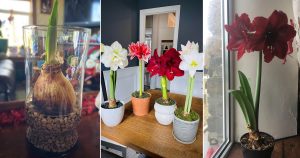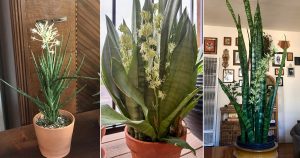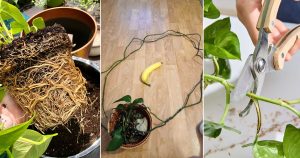It’s the time of year when you should start thinking about planting your fall vegetables. Actually, we might be a week behind for some vegetables, but if your neck of the woods is anything like mine, summer came late, so hopefully we’re okay.
A great way to get a good harvest is to “companion plant.” That is, plant two different types of vegetables in close proximity to one another to create a symbiotic cultural environment. Just as there are beneficial insects that eat destructive insects or improve pollination, there are beneficial combinations of plants that help fight pests or increase yields.
Sometimes companion plants are used to draw pests away from the “good crop.” Sometimes companion plants are used because one plant adds something to the soil that the other plant needs. For example, legumes add nitrogen to the soil which can then benefit neighboring plants. Other plants literally exude natural chemicals that deter pests. Still other, taller companion plants can be used to shade more fragile or shade loving plants. If this sort of thing really fascinates you, definitely click on the sources below, as there is more detailed information as to how and why companion planting works.
Needless to say, there are lots of good reasons to companion plant, and they all apply to container gardens and other small space vegetable gardens. While companion planting is good for the vegetables and herbs involved, it is worth noting, that companion planting often looks better than a single vegetable plunked down in the middle of a pot with a lot of exposed dirt surrounding the base.
Here are some suggestions for fall companion plantings:
- Cabbage, Broccoli and Cauliflower – Plant with aromatic herbs (mint is a traditional companion plant for cabbage), beets or chard, but not dill, strawberries, pole beans, or tomatoes.
- Lettuce – Plant with radishes or carrots
- Spinach – Plant with fava beans
- Globe Onions – Plant with beets, carrots, lettuce and cabbage but not with beans or English peas
- Turnips – Plant with English peas but not with Irish potatoes
- Beets – Plant with lettuce, kohlrabi, onions, garlic, mint, cabbage, broccoli, and cauliflower but not with beans
- Carrots – Plant with onions, chives, lettuce, leeks, shallots, rosemary, sage, and beans but not with dill, parsnip, tomatoes and radish
- Leeks – Plant with carrots but not with beans or peas
NOTE: Sometimes one plant can help another to its own detriment, which explains why tomatoes should be planted with carrots if the tomato is the primary plant, but carrots should not be planted with tomatoes if the carrots are the primary plant (carrots help tomatoes but will have stunted growth because of it).
Do you have a time-tested vegetable or herb combination that works? I’d love to hear about it! Check out Mary’s companion vegetable list and see how it compares to your experience.
Sources: National Sustainable Agriculture Information Service, Wikipedia and Ed Hume Seeds
Did you like this post? Subscribe to our website and never miss great tips and ideas.







